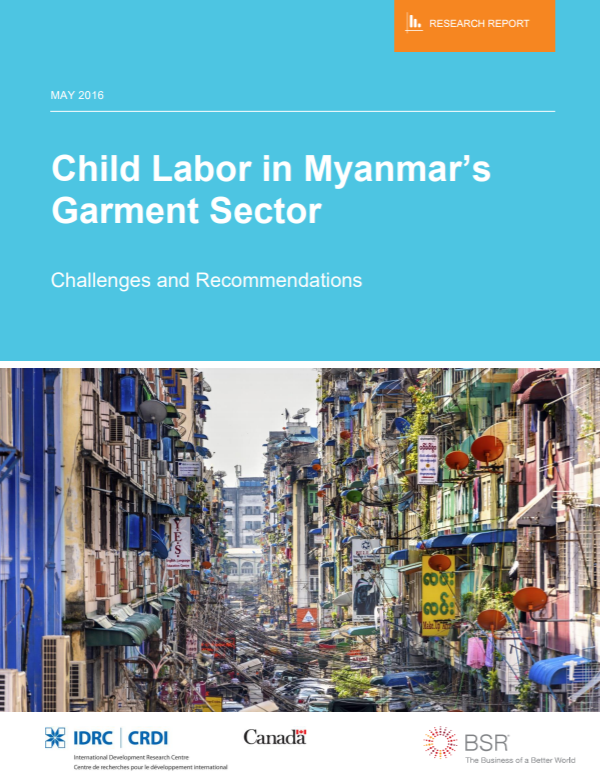Information Leaflets for Victims of Trafficking
PublicationsThe CARE and TACT leaflets can be used as examples to develop information materials for victims of trafficking willing to return to their country of origin. These leaflets are tools that should be used by professionals during discussions with the vi...Read More

